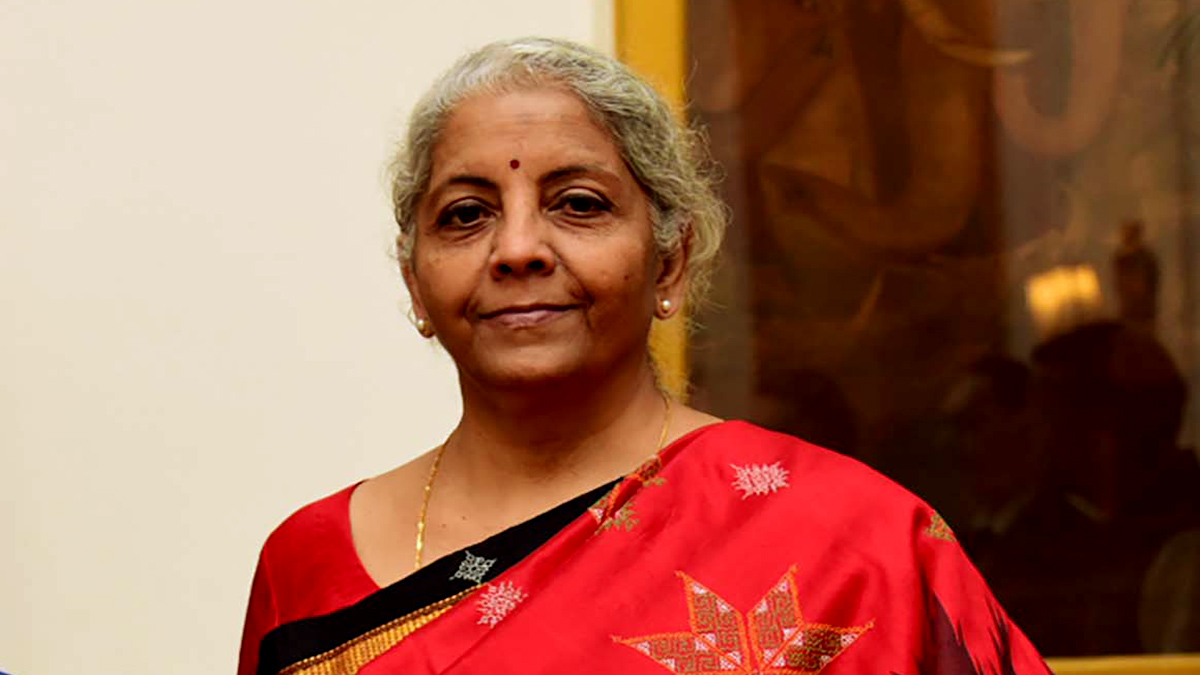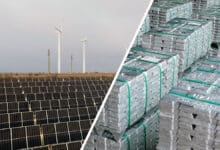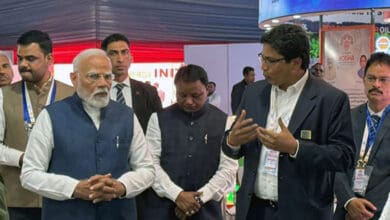Announcing a slew of measures to drive India towards Green Transition, Sitharaman said, “India is moving forward firmly for the ‘panchamrit’ and net-zero carbon emission by 2070 to usher in green industrial and economic transition.” She went on to share the PM’s vision for ‘LiFE’, or Lifestyle for Environment, to spur a movement of an environmentally conscious lifestyle.
Building on the green growth of India, the budget outlaid ₹19,000 crore for National Green Hydrogen Mission. It will facilitate the transition of the economy to low carbon intensity, reduce dependence on fossil fuel imports. Sitharaman announced India’s target to reach an annual production of 5 MMT of Green Hydrogen by 2030.
The budget also outlaid ₹35,000 crore for priority capital investments towards energy transition and net-zero objectives, and energy security by Ministry of Petroleum & Natural Gas.
Finance Minister stated that Battery Energy Storage Systems (BESS) with capacity of 4,000 MWH will be supported with Viability Gap Funding. “A detailed framework for Pumped Storage Projects will also be formulated”, she added, while announcing the measures for steering the economy on the sustainable development path.
Raman Bhatia, Founder & MD, Servotech Power Systems, said on budget, “Budget 2023 has put a reinstated focus on Green Growth. With the FM allocating ₹35,000 crore towards this sector, prioritising India’s net-zero goals and energy transition, this presents players in this space a unique opportunity to make clean energy solutions like solar and EV charging both accessible and affordable for the people, unlocking mass consumerization. This extensive budgetary allocation for the sector, coupled with additional production-linked incentives for manufacturing high-efficiency solar photovoltaic modules, will lead to significant advances in the country’s decarbonization initiatives.”
An interstate transmission system for evacuation and grid integration of 13 GW of renewable energy from Ladakh has been proposed with an investment of ₹20,700 crore including central support of ₹8,300 crore.
Muzammil Riyaz, Founder, EVeium Smart Mobility, said, “In the last year alone, EV Sector has seen many ups and downs. At present, EVs contribute to only 2% of the total auto sales in India, and extensive support from the government is required to chalk out sustainable growth of the sector. To achieve the ambitious mission of e-mobility in India, initiatives announced in the Union Budget this year including – Customs Duty reduction from 21% to 13% on capital goods and machinery for Lithium Batteries, and an extension of the subsidies on EV batteries for one more year are going to help. These will certainly encourage each EV manufacturer to contribute to the industry initiatives to achieve mass EV adoption by 2030.”
Sitharaman announced to extend the customs duty exemption to the import of capital goods and machinery required for the manufacture of lithium-ion cells for batteries used in electric vehicles. “To further provide impetus to green mobility, customs duty exemption is being extended to import of capital goods and machinery required for the manufacture of lithium-ion cells for batteries used in electric vehicles,” said the Finance Minister.
With this significant measure, electric vehicles could get cheaper. Furthermore, the FM proposed to exempt BCD on denatured ethyl alcohol and reduced BCD on acid-grade fluorspar from 5% to 2.5% to make the domestic fluorochemicals industry competitive. The BCD on crude glycerine for use in the manufacture of epichlorohydrin was also proposed to be reduced from 7.5% to 2.5%.
Kami Viswanathan, Senior Vice President, FedEx Express, MEISA Operations, commented, “The budget emphasizes the government’s commitment towards the green growth approach. The indirect tax proposals to boost green mobility will provide a further impetus to accelerate the adoption of EVs in India.”













